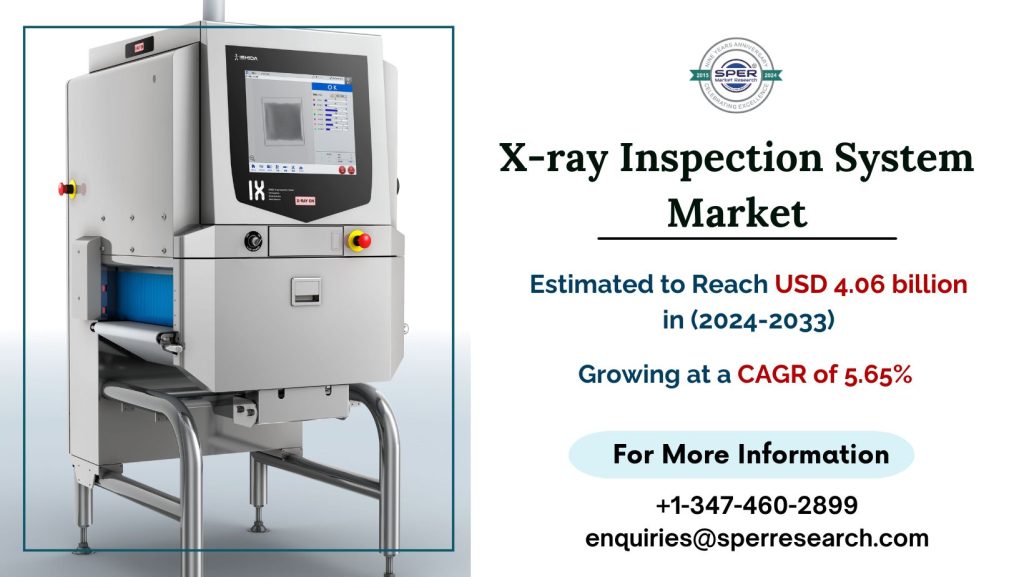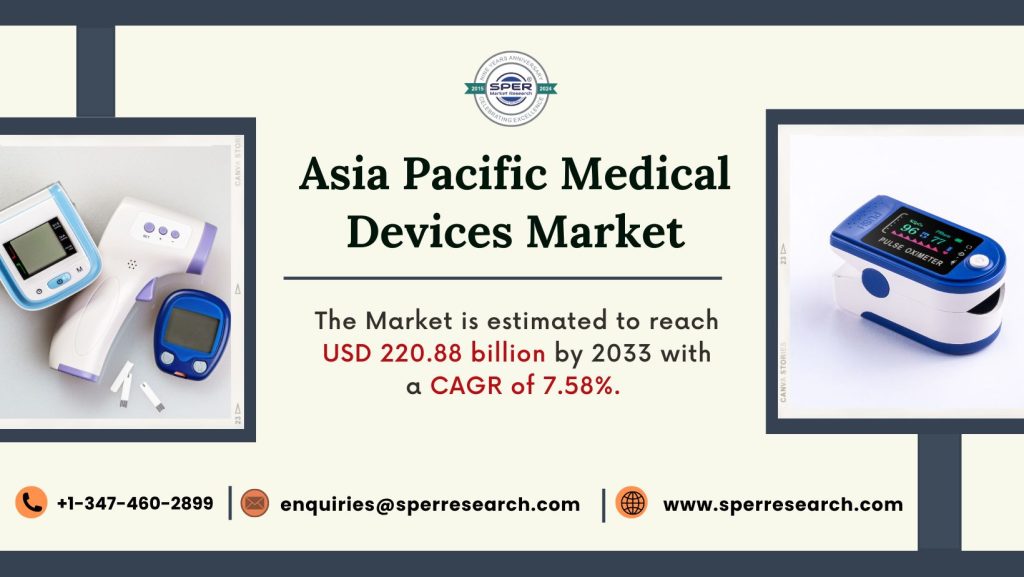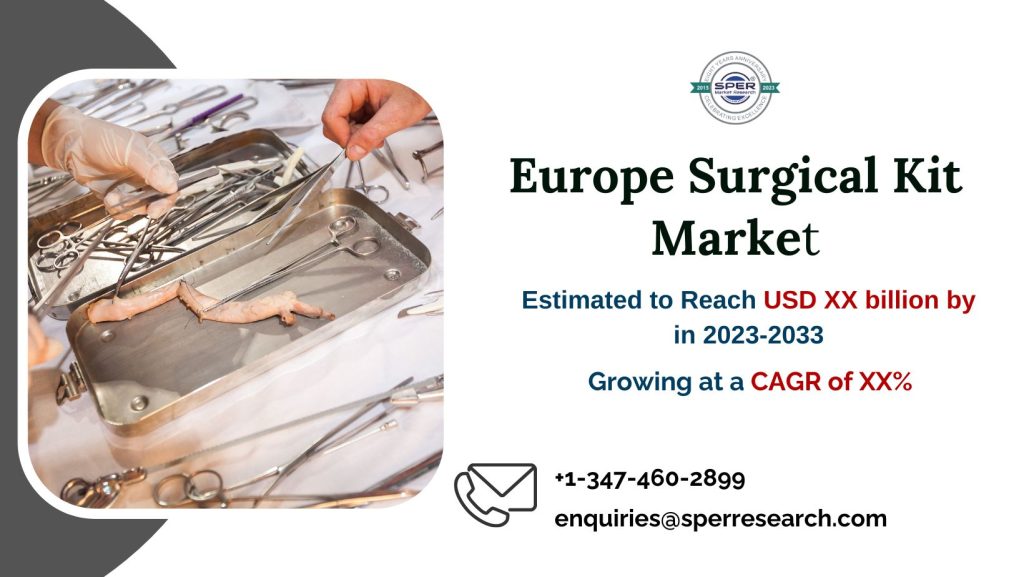Video telemedicine is an important component of telemedicine facilities used to treat patients, as it facilitates consistent quality and clinical efficiency in acute care, in-home care, and ambulatory care. Telehealth has long been important in the healthcare profession. Patients eventually realise the value of virtual treatment and substitute it for in-patient care options. Video telemedicine brings healthcare to rural patients and those in remote regions. It also contributes to enhancing the accessibility of healthcare facilities at cheaper rates. Furthermore, video telemedicine is commonly utilised by patients and clinicians to transfer precise time information from one computer screen to another. When a proper healthcare infrastructure is unavailable, healthcare practitioners are increasingly turning to video telemedicine software and services to treat patients.
According to SPER Market Research, ‘Global Video Telemedicine Market Size- By Communication Technology, By Application, By Component, By End User – Regional Outlook, Competitive Strategies and Segment Forecast to 2033’ states that the Global Video Telemedicine Market is estimated to reach USD 8.71 billion by 2033 with a CAGR of 16.14%.
Drivers:
The increasing demand for easy and easily accessible healthcare solutions, especially in underdeveloped or rural areas where access to healthcare facilities may be limited, is one of the main factors propelling the global video telemedicine market. With the help of video telemedicine, patients can communicate with medical professionals from anywhere in the world. This is especially important because of the ageing population and changing demographics, which are leading to a lack of healthcare workers in some areas and an increase in the demand for healthcare services.
Technological developments in communication, including mobile devices, secure digital platforms, and high-speed internet connectivity, have greatly improved the features and accessibility of video telemedicine solutions. The widespread use of smartphones and mobile apps has made healthcare more accessible to all, enabling patients to interact virtually with medical professionals either at home or on the go.
Restraints:
Video telemedicine service providers specialise in delivering remote medicine verification and review services in rural areas. However, in rural places, access to high-quality Internet or broadband services is limited or unavailable. As a result, the lack of broadband connectivity remains a significant barrier to accessing healthcare services in these communities. Remote villages frequently lack appropriate Internet connectivity. Due of these issues, contact with doctors might be challenging, especially in an emergency. Furthermore, power outages are a serious issue in rural parts of developing or impoverished countries around the globe. As a result, a lack of dependable Internet connection is projected to hinder the video telemedicine market throughout the projection period.
Request For Free Sample Report @ https://www.sperresearch.com/report-store/video-telemedicine-market.aspx?sample=1
Impact of COVID-19 on Global Video Telemedicine Market
The Covid-19 outbreak created a window of opportunity for the market to expand as people were forced into their houses and subject to lockdown regulations. Many patients chose not to visit hospitals during this time in order to avoid coming into contact with Covid-19 patients who were ill. Around this time, the market for video telemedicine began to take off, and an increasing number of consumers began calling doctors for advice. During the projected period, this is anticipated to present a potential opportunity for the market.
Video Telemedicine Market Key Players:
North America presently dominates the video telemedicine business, accounting for 36% of revenue in 2021. Because of the region’s high deployment rate of video telemedicine, the need for it has increased. Furthermore, rising smartphone demand in the United States, combined with an increase in the adoption of mobile health apps, is driving market expansion in the area. Major players in the market are AMD Global Telemedicine, Inc, Logitech, Cisco Systems, Inc, Huawei Technologies Co., Ltd, Sony Corporation, Plantronics, Inc, GlobalMed, Vidyo, Inc, and Others.
For More Information, refer to below link: –
Video Telemedicine Market Growth
Related Reports:
Follow Us –
LinkedIn | Instagram | Facebook | Twitter
Contact Us:
Sara Lopes, Business Consultant – USA
SPER Market Research
+1-347-460-2899








